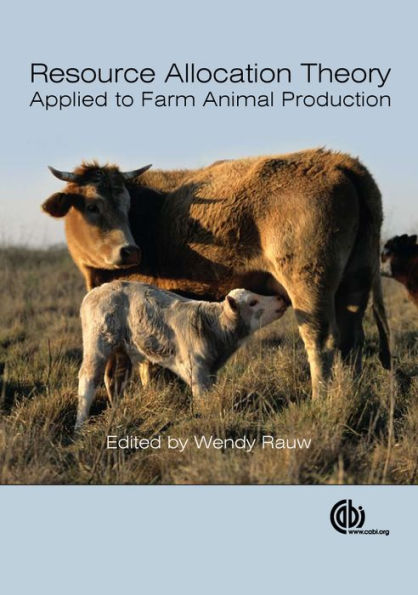5
1
9781845933944


Resource Allocation Theory Applied to Farm Animal Production available in Hardcover

Resource Allocation Theory Applied to Farm Animal Production
- ISBN-10:
- 184593394X
- ISBN-13:
- 9781845933944
- Pub. Date:
- 12/08/2008
- Publisher:
- CABI
221.75
In Stock

Product Details
| ISBN-13: | 9781845933944 |
|---|---|
| Publisher: | CABI |
| Publication date: | 12/08/2008 |
| Series: | CABI Series |
| Edition description: | New Edition |
| Pages: | 344 |
| Product dimensions: | 6.90(w) x 9.70(h) x 1.10(d) |
From the B&N Reads Blog
